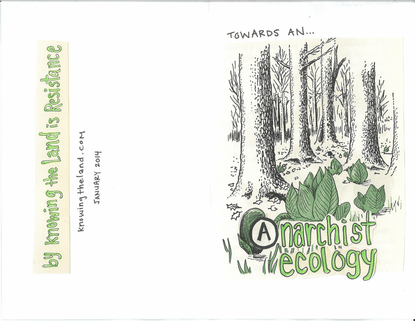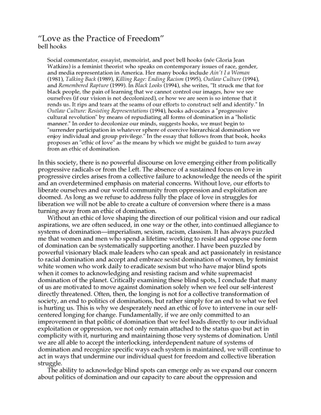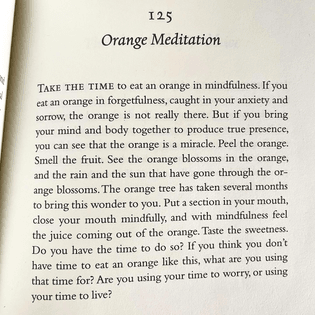In recent years, studies in the anthropology of the environment have increasingly shifted their starting point from a “fixist” ontology, which takes “nature” for granted and examines variations in the human understanding of it, to an “emergent” ontology, which strives to understand entanglements between humans and the environment in terms of emergent trajectories. A major inspiration has been Marilyn Strathern’s impulse to understand the world as “fractal” rather than “fragmented.” In her seminal book Partial Connections (1991), Strathern suggests that we cannot see the world all at once, or should not think of it in terms of “parts and wholes,” because the world is always multiply enacted. Processes of “world- making”— the socio- material enactment of the world— produce “multiple realities,” and we always only have access to making “partial connections” between these. There is not one world or one reality, but realities that cohabit and sometimes enter into “friction” (A. L. Tsing 2005), and anthropology’s task therefore becomes to account for these multiple realities and the way they interact. Along with other influences ranging from multispecies ethnography (Haraway 2003) to ecological phenomenology (Ingold 2000), this has encouraged anthropologists to provide pluralistic accounts of ways of inhabiting and making worlds, each of which has its particular twist and entails different kinds of tensions and attention.


